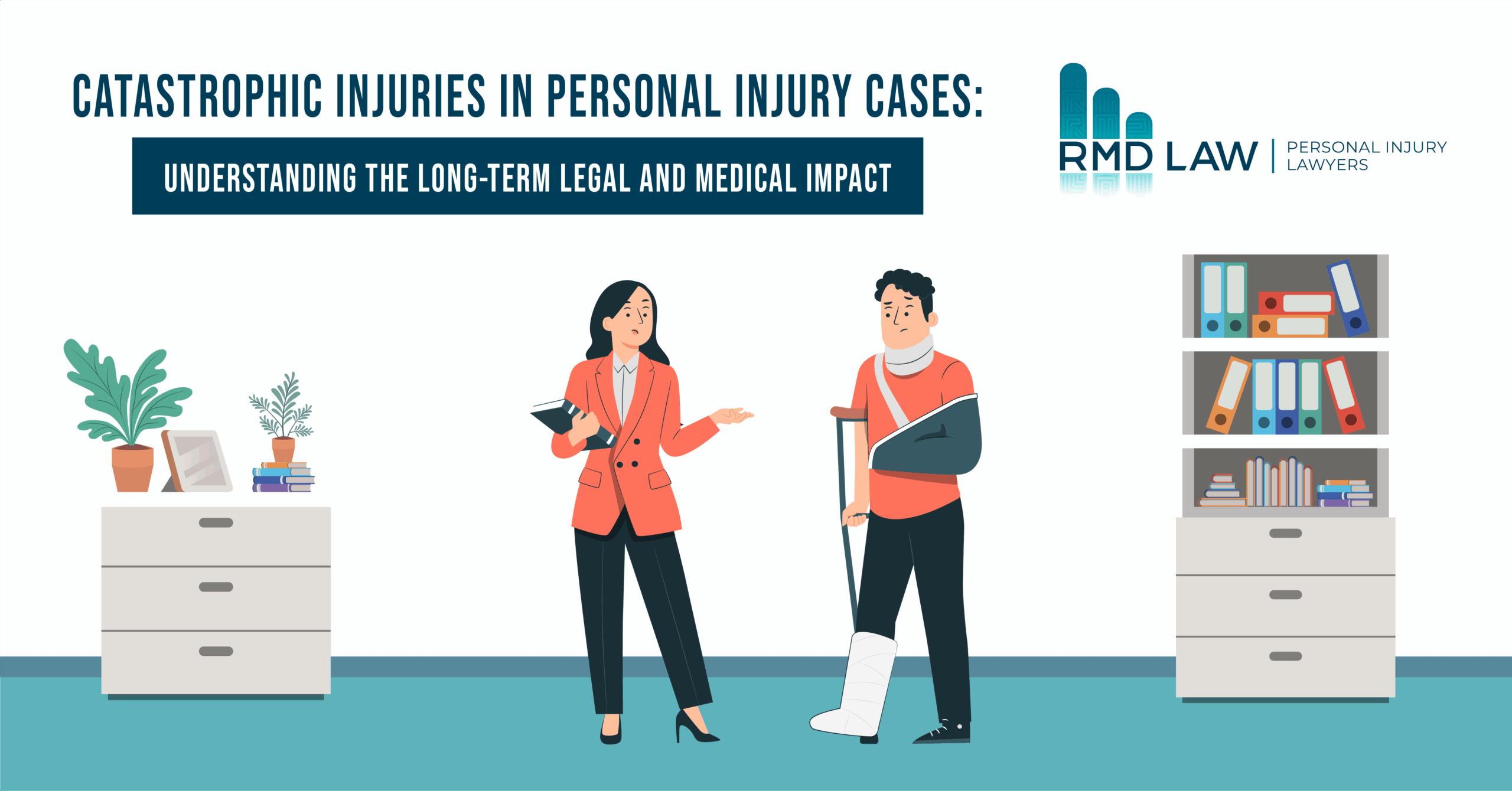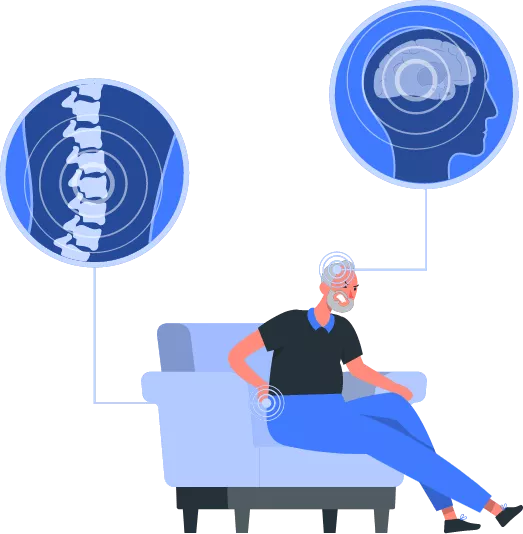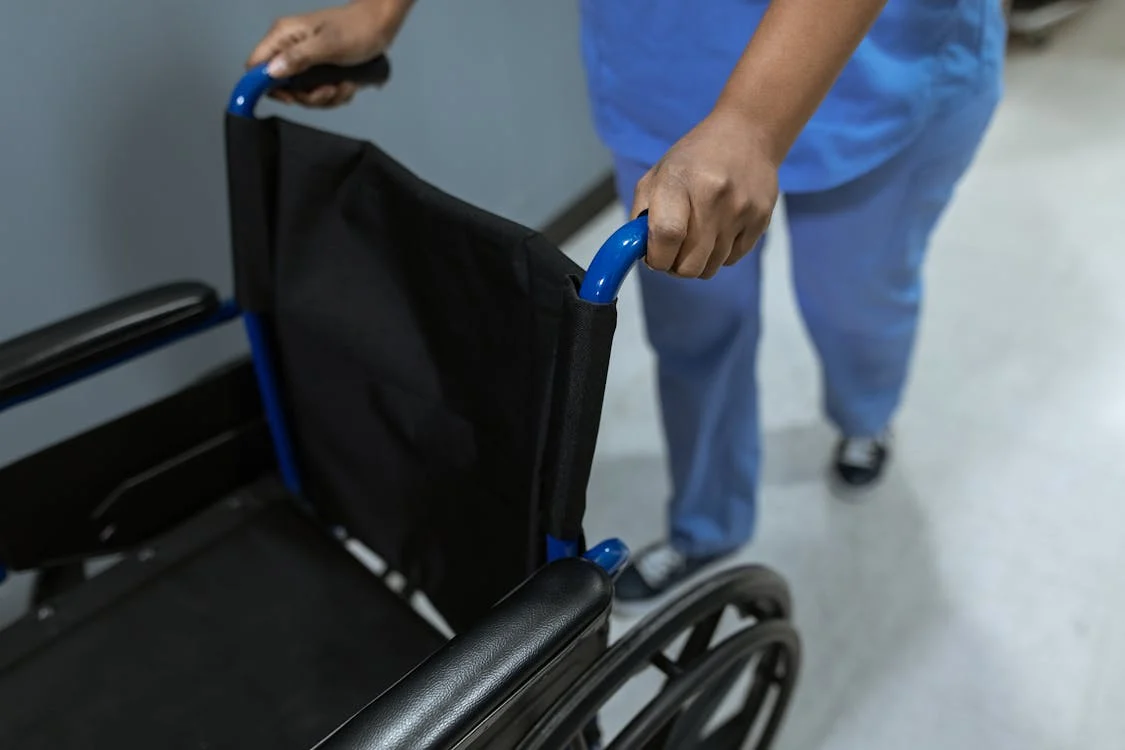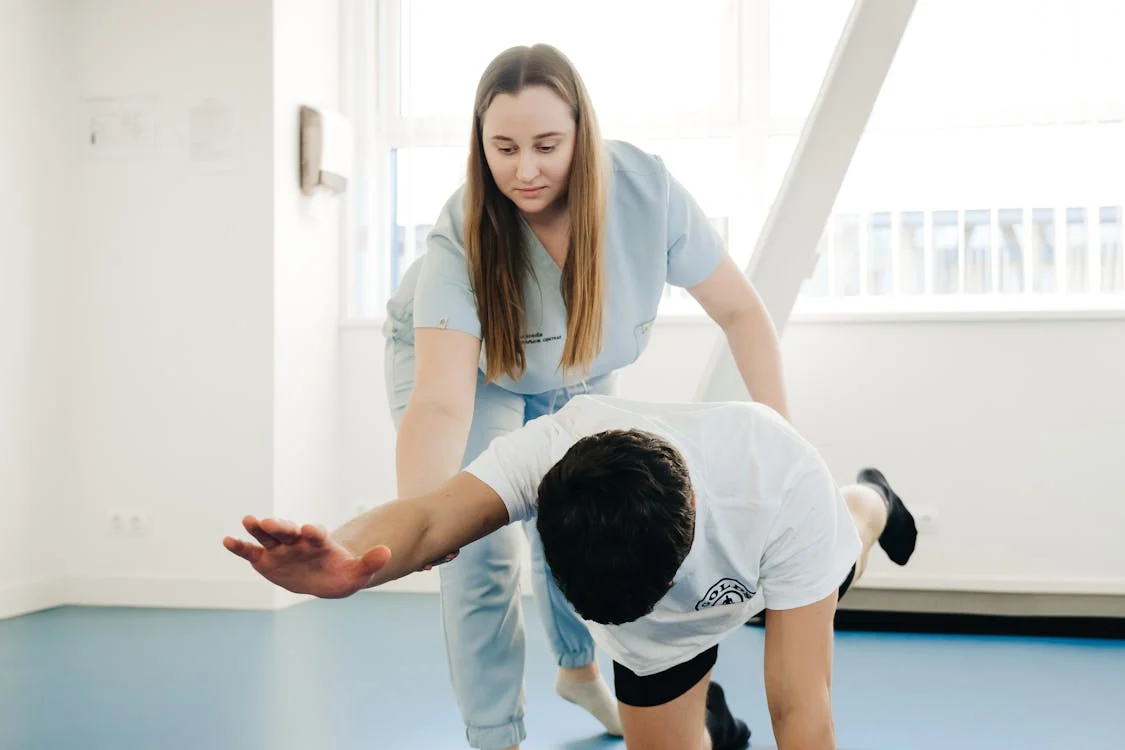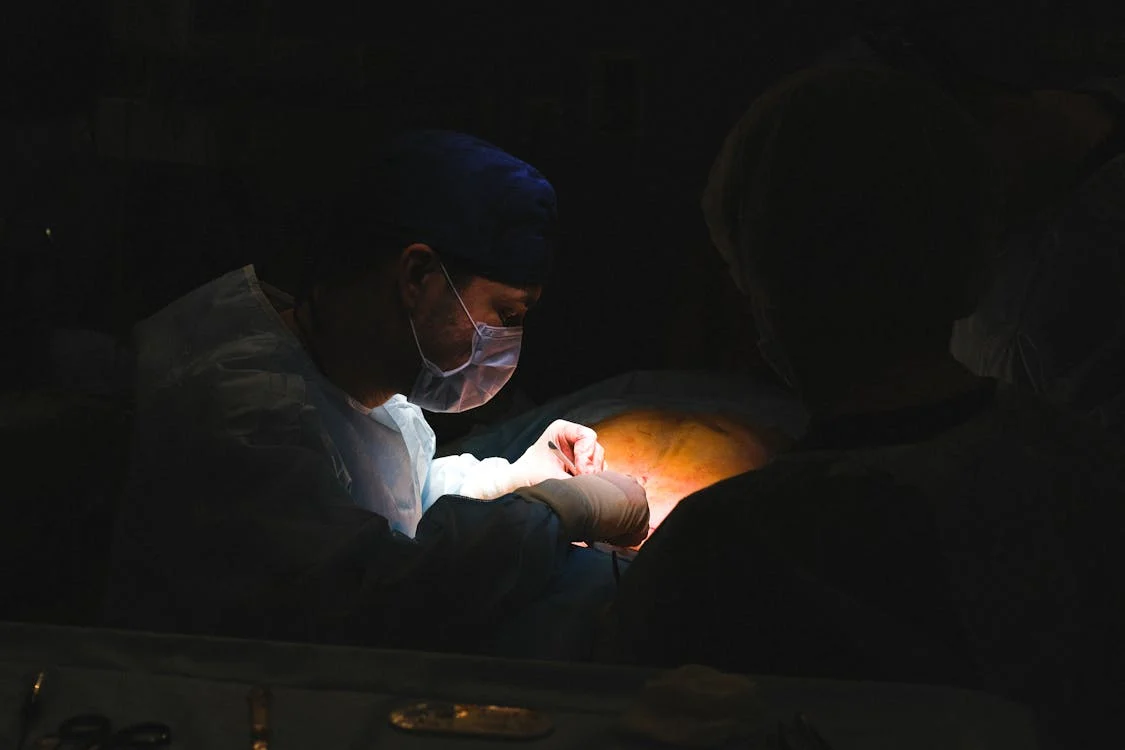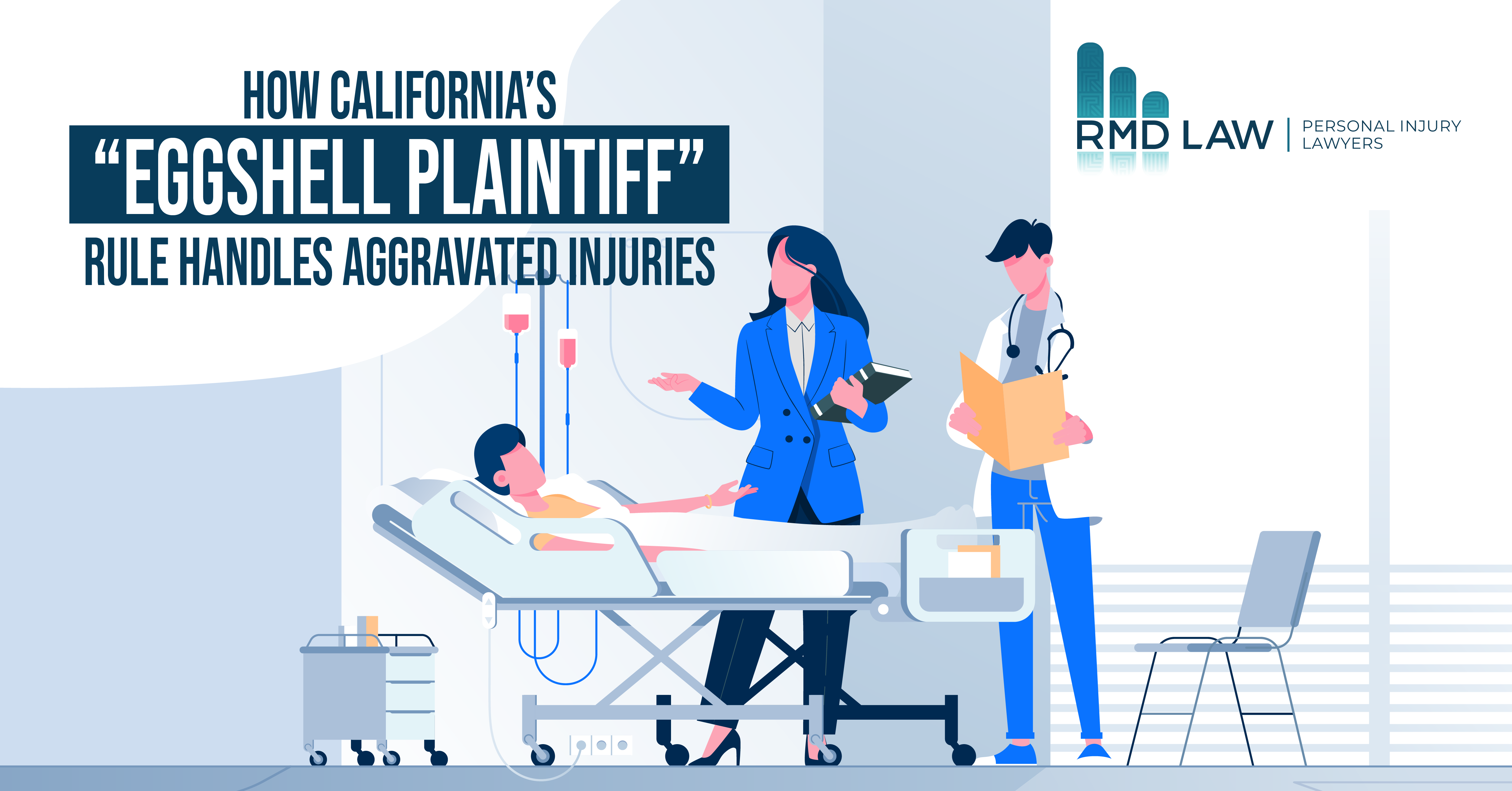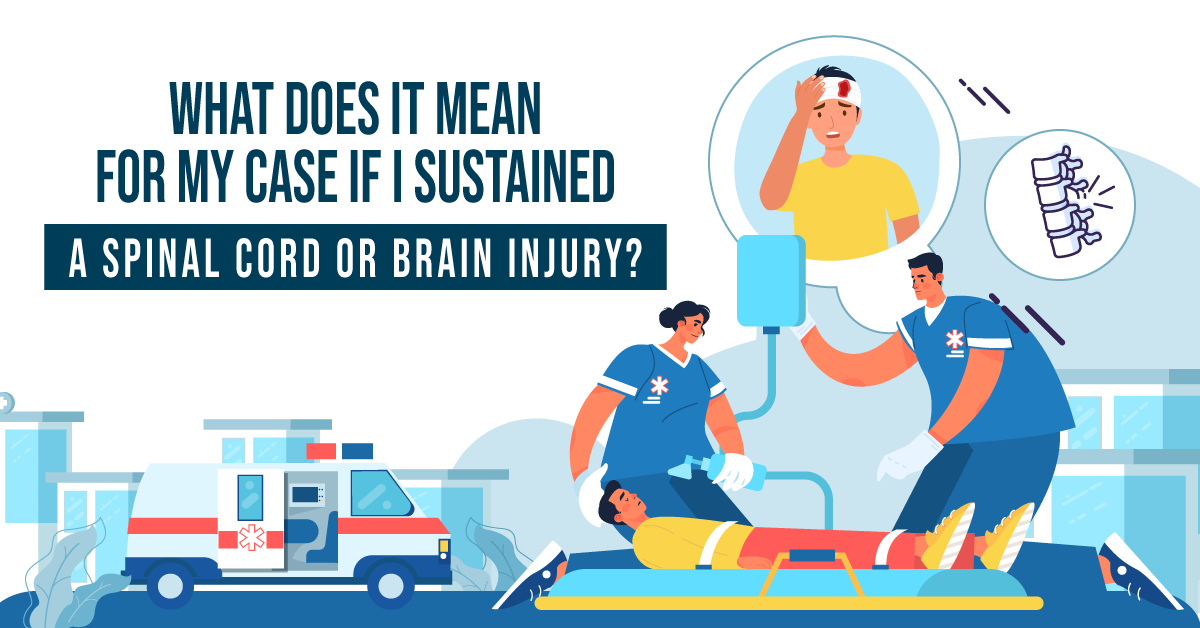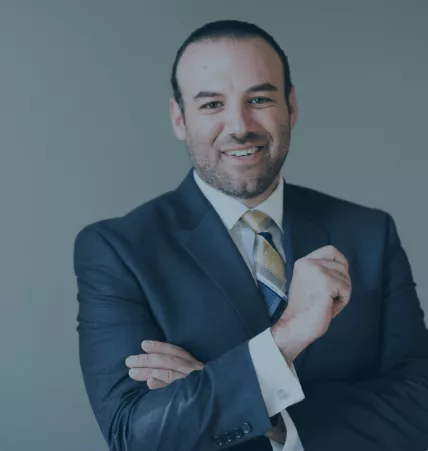Spinal cord trauma (SCT) in Sacramento is classified based on two primary aspects:
- The anatomical site of the trauma along the vertebral column.
- The degree or “completeness” of the impairment.
These categorizations are vital for ascertaining a patient’s manifestations, long-term outlook, and suitable medical care strategy in the Sacramento area. Comprehending the classification of spinal cord injury is additionally crucial for legal experts in Sacramento, such as a California spinal injury lawyer, who must meticulously record the scope of the harm when developing a personal injury lawsuit for incidents within the Sacramento jurisdiction.
Trauma by Vertebral Level
The vertebral column is segmented into four key regions: cervical, thoracic, lumbar, and sacral. The specific level at which the damage occurs in Sacramento dictates which bodily regions will be affected.
Cervical Spine Trauma (Neck Region – C1 to C8)
Injuries to the cervical vertebrae sustained in Sacramento are the most critical and potentially fatal. This segment regulates signals to the posterior of the head, neck, shoulders, upper limbs, hands, and diaphragm. Damage to this area frequently results in tetraplegia (also termed quadriplegia)—the absence of feeling and motor control in both the upper and lower extremities. The more superior the trauma (e.g., C1 or C2, common in Sacramento accidents), the more severe the consequences, such as the inability to respire without ventilator assistance, total bodily paralysis, and loss of bladder and bowel regulation.
Thoracic Spine Trauma (Upper and Mid-Back – T1 to T12)
The thoracic vertebrae manage the upper chest, abdominal musculature, and portions of the back. Trauma to this area in Sacramento typically leads to paraplegia, signifying the loss of movement and sensation in the lower section of the body, while the arms and hands usually remain unaffected. Although respiration and upper body movement may be preserved in Sacramento spinal injuries, equilibrium, posture, and torso control can be compromised depending on the injury’s specific level.
Lumbar Spine Trauma (Lower Back – L1 to L5)
Trauma to the lumbar vertebrae primarily influences the hips, legs, and pelvic region in Sacramento residents. While paraplegia is also prevalent in lumbar injuries, individuals may retain upper body strength and command. Mobility may be impacted, necessitating the use of supportive devices, walkers, or wheelchairs. Bladder and bowel function are frequently impaired, and sexual dysfunction may also occur in these Sacramento-related incidents.
Sacral Spine Trauma (Pelvic Area – S1 to S5)
The sacral segment affects the thighs, hips, groin, and parts of the lower legs and feet. Injuries here are less common in Sacramento but can still cause loss of bladder and bowel control, sexual dysfunction, and minor motor or sensory deficits in the lower extremities. Many individuals with sacral SCTs resulting from Sacramento incidents are able to ambulate with or without assistive devices, but persistent discomfort and neurological problems may endure.
Seriousness Classification: Complete Versus Incomplete Trauma
The second significant element in determining the classification of spinal cord trauma in Sacramento is the extent of the spinal cord’s function that is lost at and below the trauma location.
Complete Spinal Cord Trauma
A complete SCT stemming from an incident in Sacramento results in a total absence of motor function and sensory awareness below the level of harm. This implies the patient cannot perceive or willfully move any body parts controlled by nerves beneath the damaged zone. These traumas are generally permanent and often lead to paralysis—either paraplegia or quadriplegia, both of which can have long-lasting effects on Sacramento residents.
Given that complete traumas in Sacramento lead to substantial medical expenditures, lifestyle adjustments, and lifelong support requirements, collaborating with a knowledgeable spinal cord injury lawyer in California, familiar with Sacramento cases, is essential. Legal action can aid victims in recovering recompense to address all aspects from in-home assistance to lost earning potential and psychological counseling relevant to their Sacramento spinal injury.
Incomplete Spinal Cord Trauma
An incomplete SCT occurring in Sacramento signifies that there is some remaining function—some motor or sensory signals are still transmitted. The consequences differ considerably from one person to another in Sacramento. Certain individuals may regain mobility through rehabilitation tailored to Sacramento resources, while others continue to face significant limitations due to their Sacramento-related injuries.
Types of incomplete injuries common in Sacramento include:
- Anterior cord syndrome – Loss of motor capability with some preserved sensation.
- Central cord syndrome – Greater debility in the upper limbs than lower limbs, seen in some Sacramento trauma cases.
- Brown-Sequard syndrome – Absence of movement on one side of the body and sensation on the opposite side, potentially resulting from Sacramento incidents.
Since incomplete injuries present a wider spectrum of possible recoveries for Sacramento victims, they often encounter uncertainty and fluctuating medical needs within the Sacramento healthcare system. Partnering with a proficient California spinal injury attorney who is well-versed in Sacramento cases ensures their legal claim adequately considers long-term treatment, therapy available in Sacramento, and potential future complications associated with their spinal trauma in Sacramento.
